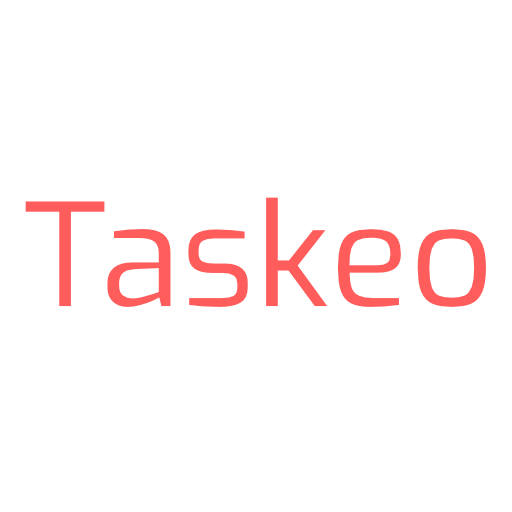Every now and then, you need to evaluate your work. How you and your team cooperate is vital for the final product or service you deliver. It’s especially hard for a distributed team. These tips below will help you find your way around evaluating team productivity.
So what is that you should look out for when you’re trying to evaluate your team’s work? It turns out the task isn’t as easy as seeing whether you complete your projects. See the guide below to measure and improve the way you work.
Go back to the initial goals
In every company or a team, goals can evolve and change. Flexibility is a good trait, as it allows you to adjust to the new challenges and overcome them. However, to check your team’s performance, you need to back to where you started.
This why starting off with specific and well-defined goals is mandatory. You want to prepare the list of what and how you want to achieve. Do it not only so you can communicate it to the team, but also so you can lay the foundation for the future evaluation. This is why your goals should be specific and measurable enough for you to easily check up with them.
This is the very base of evaluating team productivity: did you meet your deadlines? Did you deliver what you wanted to deliver, exactly in the form you planned? It goes without saying that you can’t do without this information.
This is where most evaluations begin and end at the same time. And that’s also one of the biggest mistakes.
Look at the team, but remember about the individuals
The key to evaluating team productivity is understanding that it’s multilevel. There are things to measure both on the level of teamwork, as on the level of every individual employee.
Remember about this distinction next time you approach your employees. There can be productivity issues within either of the levels. Locating them and finding their solution is mandatory for improving. Some problems can result from communication between the employees. Some can be the effect of a particular person not understanding their responsibilities.
Divide your attention. First, look at what your team works like as a whole, and how do they handle the tasks together. Then, make sure to establish the position of an individual within your team. See how people feel about their job, what problems they face, how they find themselves in their place. Define what belongs to the teamwork spectrum and what depends on a singular employee.
Remember about the milestones
You don’t have to be a graduate team management to know that milestones are as important as the final goal. It’s from them where you draw information you can use to improve your work on the later steps of work. Analyzing milestones allows you to see the details which you might omit if you only look at the big picture.
Was every milestone was completed on time? Has the team experienced any issues with it? It’s important information that determines what’s holding your people back. Analyze milestones to see whether they’re taking more time than you initially expected. Remember, milestones are easier to break down into singular tasks than entire projects. It makes it easier to see what’s forcing your team to work for longer than you’d like it.
On this stage, you can also review the numerical values for different parts of the milestone. Look at the number of leads found or hours spent on completing certain tasks.

Analyse difficulties
An important part of evaluating team productivity is to analyze not only how fast you complete tasks, but also how you handle difficulties.
If a task causes issues to an employee, it’s vital to see whether they actively seek out a solution or spent hours fruitlessly trying to fix the problem. Working but achieving nothing is a big productivity killer. That is why handling the difficulties the right way is so important.
Ask your team what caused them troubles, how they managed to resolve the issue and how long it took. Brainstorm on whether they could have done better and faster, or avoid it whatsoever. Minimize the number of situations when your employees are stuck due to lack of knowledge, support or resources.
Evaluate teamwork
In distributed teams, some aspects are crucial for the high levels of productivity. Examples of such team-level details are how your team communicates and if everybody pulls their weight.
Try different questions about your team’s working style. For example, answer these: after spotting a problem, how much time passed before X reached out to their team members for help? How long did it take for a response to arrive? Could it arrive faster? How much time passed before other team members took action? Was it successful? How quickly have they got back to X with the results?
This will give you a lot of information about what’s going on between your people and what obstacles they face.

Teach your team to observe and evaluate with you
It is specific for the distributed teams that only given employee sees fully what’s happening on their end. This is why vision coming from different places is mandatory to put the whole picture together.
Teach your team the art of observing, spotting issues and evaluating their own work. When the time comes, let them share their observations and ideas on how to improve certain matters. You cannot be there for them due to the distance between you, so you have to show them they’re equally responsible for the team improvement and productivity – not only by working but also by sharing their experiences.
Bonus Tip For Evaluating Team Productivity
Use tools that give you insight into your team’s performance. For example, Taskeo offers you free tools for checking how your employees are doing and what tasks occupy most of their time. Be smart. Use team management software that does part of your job for you.
Work on the art of evaluating team productivity. It’s not easy and you won’t get the best results from your first try. But if you keep going, you will learn what to look out for and spot the small problems before they grow big.






